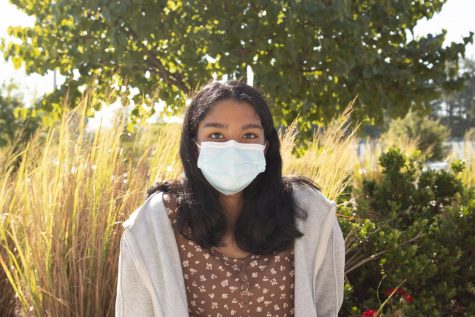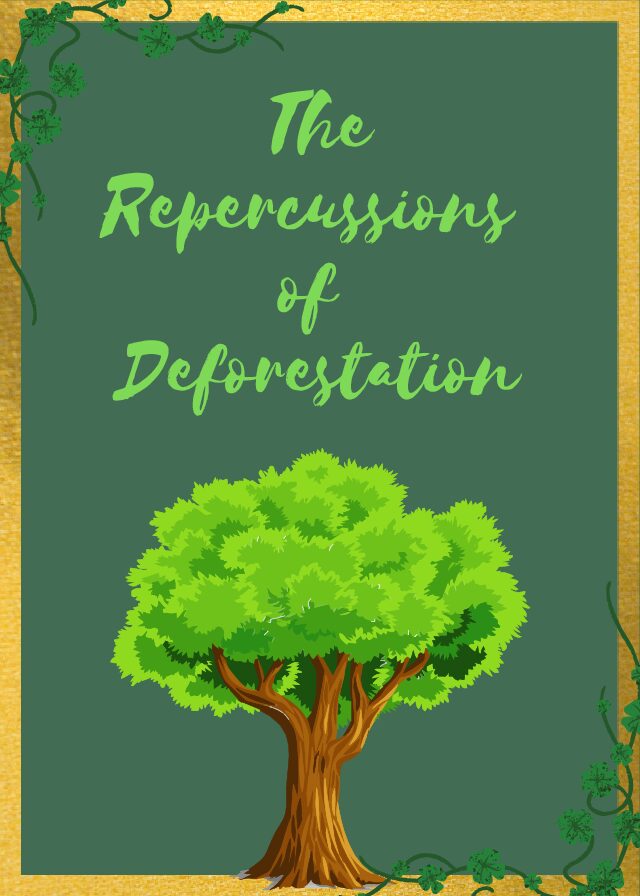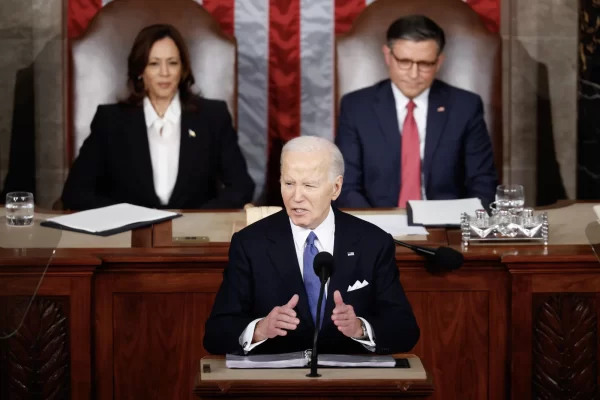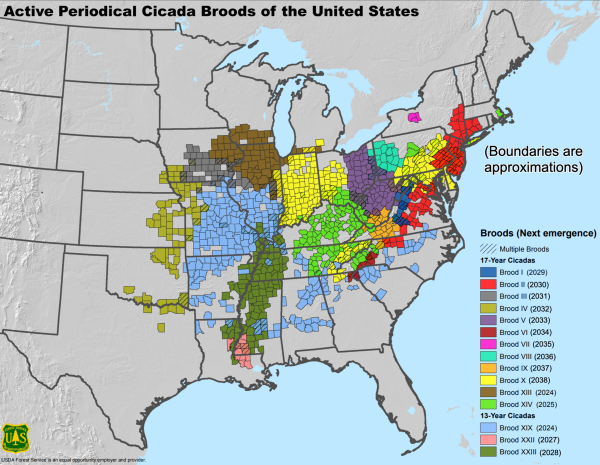Deforestation is Killing Us
Deforestation, or forest clearance, is the purposeful clearing of forested land. Since the beginning of human civilization, trees have been cut down, either to obtain wood for building projects or to make extra space for agriculture and animal grazing. But it’s gone too far.
Currently, there are only 3 trillion trees on the Earth’s surface. This may seem like an astronomical number, but it is less than half of the number of trees that were originally on Earth. In fact, the global number of trees has dropped a whopping 46% since the emergence of humans. These numbers are a cause for alarm, with the WWF estimating that more than 230 million hectares of forest will be lost by 2050 if no action is taken to prevent it.
Most deforestation today occurs in tropical rainforests, such as the Amazon, where deforestation has recently hit the highest level seen in over 15 years. Extensive road construction into originally inaccessible regions like these only acts as a catalyst for deforestation.
The rising levels of deforestation are a great concern, especially with the threat of global warming looming over the world. Rapid forest loss can result in more carbon dioxide being released into the atmosphere. Without trees to take in the CO2 through photosynthesis, the greenhouse gas accumulates in the air, accelerating global warming.
Furthermore, since tropical rainforests, which are losing trees at an alarming rate, are responsible for 40% of the Earth’s oxygen, carbon dioxide isn’t the only atmospheric gas that is affected by the loss of trees. Deforestation not only causes CO2 levels to rise, but it also results in decreased amounts of oxygen. The resulting air would be of poor quality, and contain greater quantities of pollutants such as carbon monoxide and nitrogen dioxide.
Habitat destruction due to deforestation has also rendered environments incapable of supporting their native species’. More than ¾ of the world’s land-based species are found in forests, but when they lose their forest habitat, they are unable to continue surviving in the small areas of forested land left. Deforestation and habitat loss are seen as some of the biggest threats to Earth’s biodiversity, putting beloved animals like orangutans, giant pandas, and monarch butterflies at the risk of going extinct.
Moreover, when humans destroy forest habitats, many animals and insects seek shelter in the villages surrounding the forest. The migration of these animals into areas humans inhabit leads to greater contact between humans and wildlife. Although this may appear harmless, it can prove dangerous, since animals can spread a variety of pathogens to humans. These pathogens can trigger illnesses called zoonotic diseases in humans.
Malaria, in particular, is prevalent in areas suffering from deforestation. For instance, in a region of Malaysian Borneo, malaria was once mainly found in primates called macaques. Researchers found that these primates were concentrating in the remaining areas of their habitat, increasing transmission among themselves. Then, once humans started working near the newly cleared forest areas, the mosquitoes that thrived in this deforested habitat transmitted the disease to humans.
Deforestation has only continued to worsen in recent decades. This is likely caused by the growing population because more people mean a greater need for lumber, food, and space. The ongoing COVID-19 pandemic has also substantially increased deforestation. Acting as a smokescreen for Brazilian politicians, it has been used to increase deforestation efforts in the country’s Amazon rainforest. As a result, deforestation in Brazil was nearly three times the target set for 2020 by the country’s National Policy on Climate Change.
Nonetheless, if the proper measures are taken, deforestation can be stopped. Although deforestation on a large scale can only be stopped by a collective effort from the world’s nations, contributing to the fight against deforestation is easy. It’s as simple as recycling products, only buying what you’ll actually need, planting a tree, and much more.
Ultimately, deforestation is a major issue. It wreaks havoc on wildlife, contributes to climate change, and increases the contraction of life-threatening diseases. As this problem is only exacerbated by governments doing little to resolve the issue at hand, the need to find a solution to deforestation is all the more urgent.

Sindhu is a freshman at Green Level who enjoys listening to music, hanging out with her friends, and watching Netflix. She is a book lover and is always...












